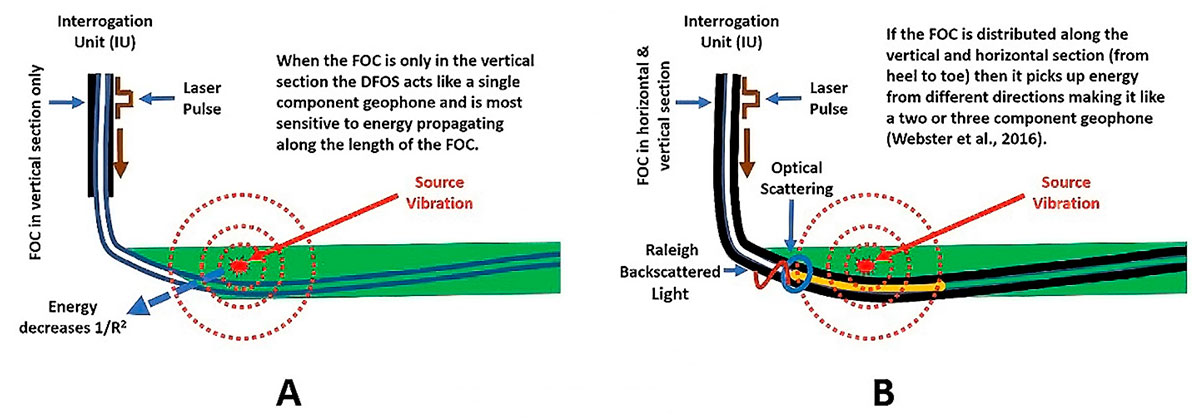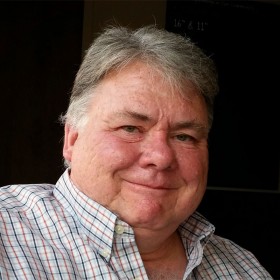Abstract: Overview of Distributed Fiber-Optic Sensing and the Value of its Data in Asset Optimization
This paper overviews Distributed Fiber-Optic Sensing (DFOS) data, its use, and the life-of-asset optimization value of the data recorded on the downhole fiber-optic cable (FOC). The demonstrated applications of DFOS data, coupled with the accelerating value offered by Artificial Intelligence (AI) and Machine Learning (ML) developments, DFOS acquisition platforms are capable of not only optimizing a single well and its completions design, but the entire field asset and its production as a whole. DFOS data is actively used to increase the field’s annual revenue, while simultaneously reducing completions, operations, workover and abandonment expenses.
Lawton, 2018).









